I’ve been experimenting with fertilizers lately. For years, my primary fertilizers have been cottonseed meal and fish emulsion. Both are easy to find and easy to use.

Cottonseed meal
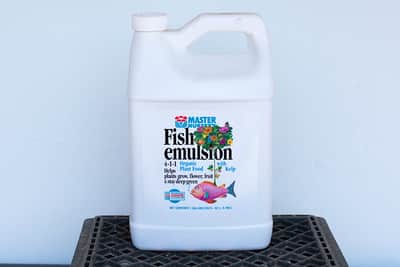
Fish emulsion
I’ve been happy with the results too, but have been curious about newer products that have components beyond the standard NPK. Today it’s easy to find fertilizers with humic acid, mycorrhizae and a good variety of micronutrients. After talking with Ryan Neil about Mirai’s approach to feeding – Ryan has observed good results from such fertilizers – I decided to give several a try.
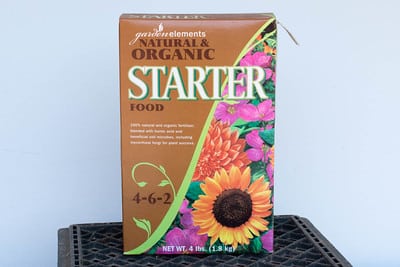
E.B. Stone Natural & Organic Starter Food
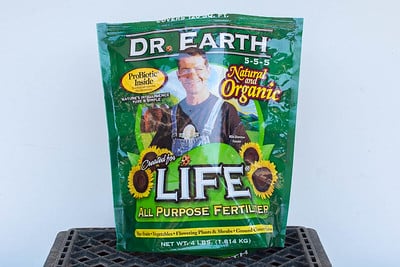
Dr. Earth Life pellets
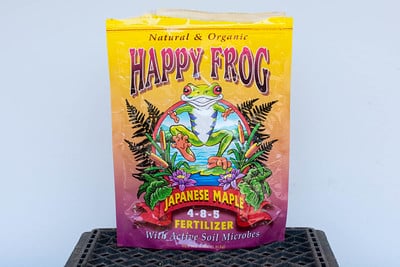
Happy Frog Japanese maple fertilizer
I’m using the fertilizers in tea bags and directly on the soil. Some trees get only one of the above, others get some of each.
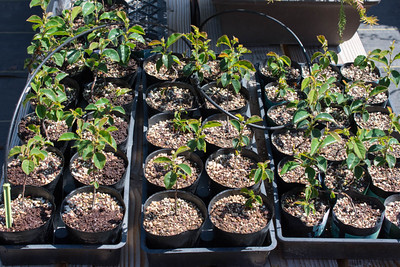
Chinese quince with cottonseed meal, Dr. Earth Life, and E.B. Stone Starter
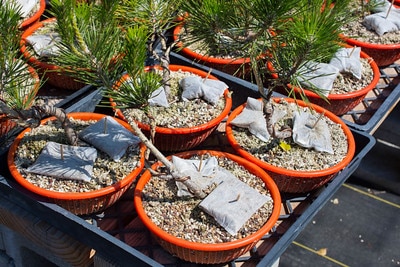
3-1/2 year-old black pines with Happy Frog Japanese Maple Fertilizer
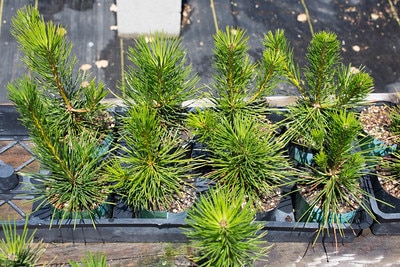
2-1/2 year-old black pines with E.B. Stone Starter
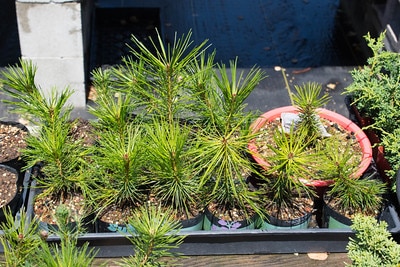
2-1/2 year-old red pines with Dr. Earth Life pellets
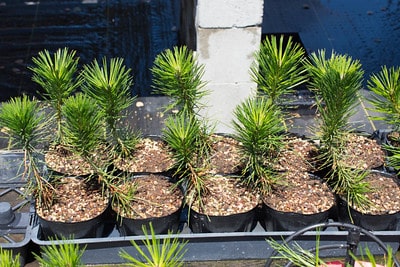
1-1/2 year-old black pines with Dr. Earth Life pellets
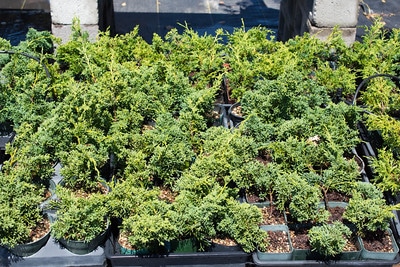
Shimpaku cuttings with a mix of fertlizers
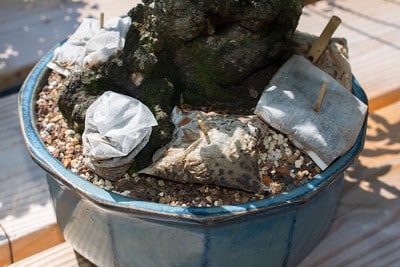
Several different fertilizers together
I don’t expect to see big differences in growth or health with the different fertilizers, but I am curious to see if any trends develop.
A few things I noticed right away. The E.B. Stone Starter works its way into the soil well, but it can inhibit drainage as the fine particles can form a crust on the surface of the soil – as a result, I like using it in tea bags. Water drains through Dr. Earth Life pellets applied directly to the soil better than it does through the E.B. Stone or the Happy Frog Japanese Maple fertilizers. Cottonseed meal works great on the surface of the soil or in tea bags.
I’ll continue to experiment with more of my trees throughout the year and will be sure to share if I notice any general trends.
Subscribe to Bonsai Tonight
New Posts Delivered Every Tuesday and Friday
Thomdec says
Thanks Jonas. Have you experimented with the different minerals / elements, e.g., chelated iron. zinc, manganese, etc? I’ve started rotating them on a regular basis along with my fertilizers and so far everything looks to be very healthy and happy. I’ve also noticed that I don’t have any problems with pests this season. This I’ve attributed to using mostly organic fertilizers and a shot of Miracle Gro only every other month. Thom
Paul says
Holly Tone 4-3-4, Rock Phosphate 4-12-0, greensand 0-0-0.1, Kelp meal 1-0-2, equal parts by volume (a handful of Crab Shell 2-3-0 if available.)
This is the mixture I have been using. It is applied ones a month and liquid Neptune’s Harvest Fish and kelp applied 2 x in between. I also have noticed less pest and attribute it to Neptune’s Products. The Neptune’s harvest is not an emulsion. It is cold processed product..
paul3636 says
BTW My mixture caked also. When noticed, it is raked to loosen it.
Jonas Dupuich says
Hi Thom – I periodically use chelated iron, especially when I see pines yellowing. I have not experimented with other nutrients. Rotating between different fertilizers sounds like a good approach.
don says
Hi Jonas, On one of your older post on organic fertilizers you were experimenting with a combination of two fertilizers from California organics, how did that work for you?
Jonas Dupuich says
Hi Don – I like the fertilizers but the critters liked them more. They never lasted more than a few days before they disappeared. As a result, I didn’t get enough experience with it to know how it performs compared with the other fertilizers I’ve used.
Marty says
I agree that a mostly organic feed is better – I converted a few years ago after a talk by Ryan. I still use some inorganic, but the majority is organic. I can get the Dr. Earth lawn fertilizer fairly inexpensively so I use that as a base and add some bone meal, blood meal, Ironite, Micromax, and Epsom salts. Just lump it on and break it up when it starts to clump. I am guessing that there are hundreds of combinations that will work – it is just a mater of finding one you can use and that works for you.
Mac McAtee says
Thanks for the info Jonas, it will be interesting how your experiment comes out.
Years ago I made up a batch of balls to put on the soil surface. Containted fish meal, cotton seed meal, blood meal and I don’t remember what else. It was like a magnet for squirrels, chip monks and I suspect a coon and possum. I had to abandon that plan within a few days.
Today I received a bag of Dr. Earth granulated from Amazon. Opened the bag and I would guess there is about 25% granules and 75% dust in the bag. Don’t know if that is normal for the product or if it is from shipping handling breaking up the granules. What ever, unless I sift out the granules and use that part for surface application what I got is going to only be useful in tea bags.
Brian VF says
I’ve been using Plant Tone for years and have been happy with it. This year I tried Dr. Earth for a change and noticed it attracts bugs far more than Plant Tone; are you seeing any trends there? I’ll be eager to follow your results. Dr. Earth is convenient, but I’ll probably go back. Thanks as always!
Jonas Dupuich says
Hi Brian! I haven’t seen additional insect activity with the Dr. Earth – will pay attention to that going forward.
Richard Martin says
Hi Jonas, Just thinking about possibly changing fertilizers this season. I wondered if you reached any conclusiosn from this experiment. Thanks Rich
>
Jonas Dupuich says
Hi Rich – no big conclusions. I still like the cottonseed meal and use some Dr. Earth Life pellets too. The only one I don’t use for bonsai is the starter food – not for the contents of the fertilizer but for the form it takes. The powder could be a good ingredient in fertilizer cakes but I don’t like the effect it has on drainage when I pour it over the soil.